#carolina parakeet
Text

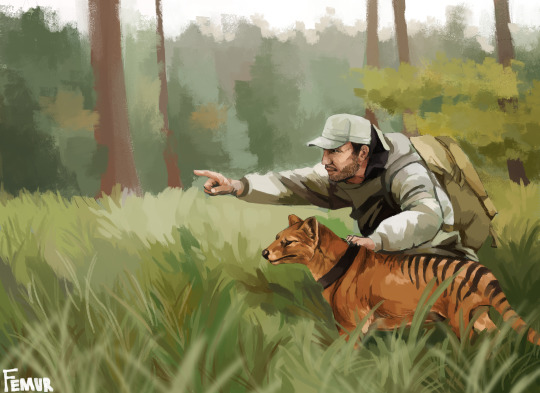
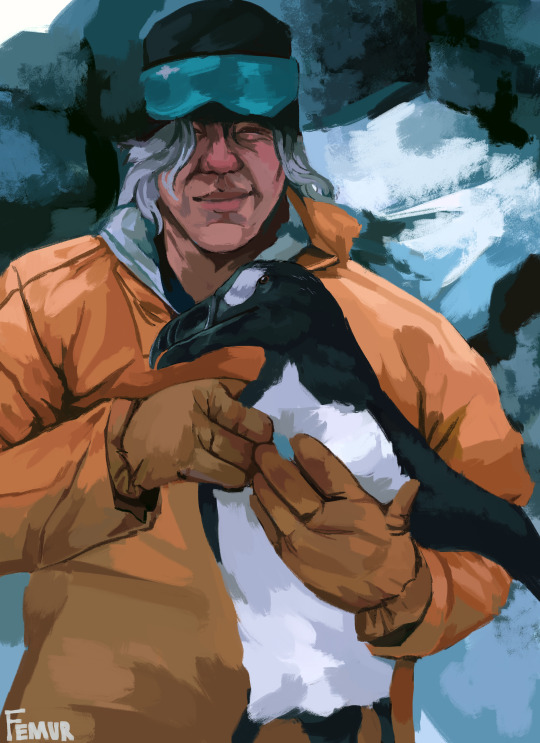
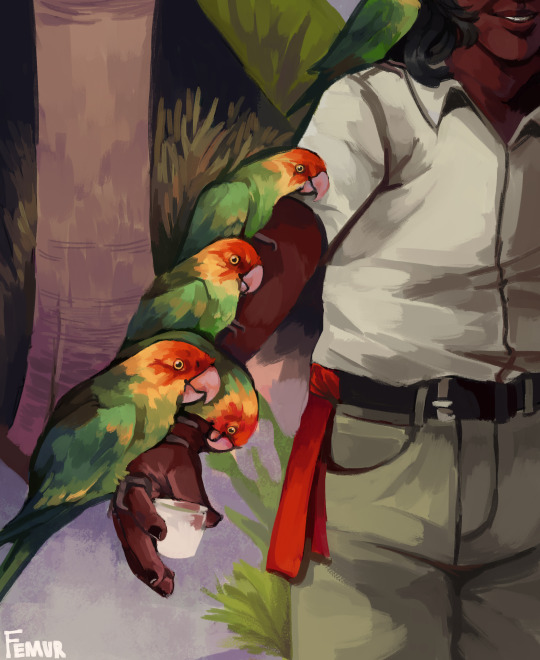
Something that could have been
#femurs art#carolina parakeet#quagga#great auk#extinct animals#extinct species#this was for a school thing#this series was made for ME#also this isnt supposed to be realistic#so like. i know that thylacines wouldnt make very good hunting companions but that wasnt the point of the piece#thylacine
17K notes
·
View notes
Text

Tie a string around your finger, so you won't forget...
The Carolina Parakeet was declared extinct in 1939.
Up until just the year before, people were still claiming to have sighted the yellow-headed parakeets in the wild—in the impenetrable depths of Georgia's Okefenokee Swamp; along the Santee River basin of South Carolina, where people still search for the Ivory-Billed Woodpecker to this day—but evidence suggested only escaped, feral species of pet birds, tinged by wishful thinking.
The last definitively identified specimen of Conuropsis carolinensis, a male named Incas, had died at the Cincinnati Zoo in 1918. As it happens, his last home was the very same cage in which Martha, the endling Passenger Pigeon, had spent her final years. 2014, the hundredth anniversary of Martha's loss, brought the publication of a number of new books on the topic of the Passenger Pigeon and even a documentary; the centenary of Incas' death, by contrast, warranted only a handful of mentions of our lost native parrot.
Hardly a hundred years later, our parakeet has faded from common memory—like the fading text on the tags that twine around the feet of the study skins that fill museum specimen drawers, where they should have filled the sky, should have filled roosts in hollow trees, should have filled our backyards; should have filled their lungs with air, and our hearts and imaginations and eyes with the sight of their iridescent green feathers.
The title of this painting is Memory Knot. It is gouache on 18 x 13 inch paper, and is the 9th piece in my series on the extinct Carolina Parakeet. It is also the final piece in the series as originally conceived (though inspiration continues to strike, and this is not the last appearance the species will make in my art).
Please, remember that there was a bird called the Carolina Parakeet. Remember what happened to it. Remember that we are the only ones who can keep it from happening again.
949 notes
·
View notes
Text
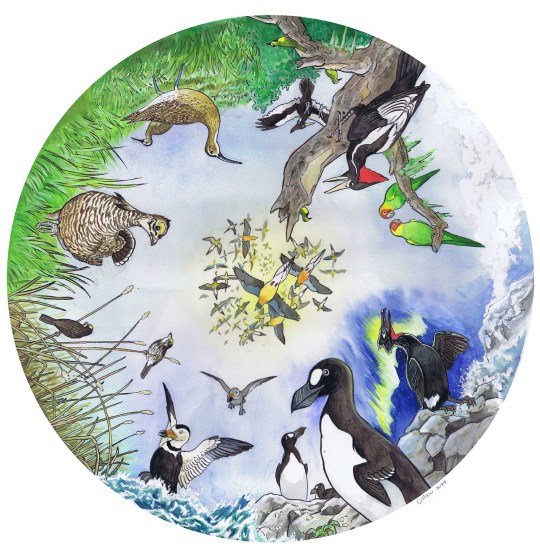
Lost Americans wheel. Watercolor and ink.
#extinct#extinct bird#great auk#carolina parakeet#passenger pigeon#eskimo curlew#labrador duck#ivory billed woodpecker#bachman's warbler#heath hen#dusky seaside sparrow#spectacled cormorant
779 notes
·
View notes
Text

please, please, please forget-me-not
#carolina parakeet#this is based on the fact that the last carolina parakeet named incas and the last passenger pigeon both died within the same cage/enclosur#just made me really sad#extinct animals#extinct#birds#bird#passenger pigeon#carolina concure#columbidae#pigeon#parakeet#birb#parrot#bird art#birdblr#extinct fauna#extinct life#psittacidae#sorry if the carolina parakeet's legs are a big wonky? its kinda hard to draw their weird feetsies anatomy#i did cry for 5 mins so#anyway !!!#stress relief art#i was stressed so drawin depressed shit#the flowers in the background are forget-me-nots fyi#rip passenger pigeons i miss u sillies#n carolina parakeets.. miss u babes
541 notes
·
View notes
Text
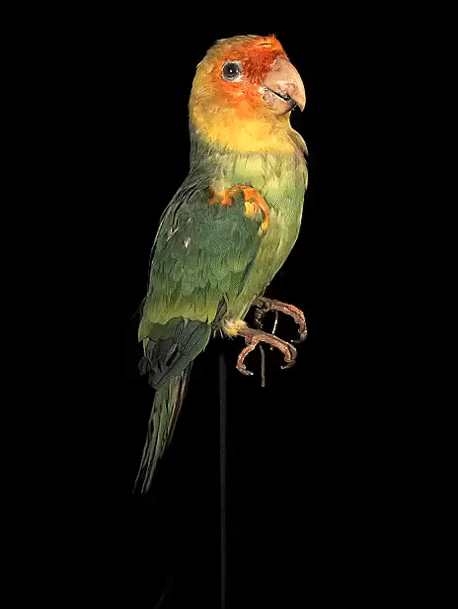
[2094/11056] Carolina parakeet - Conuropsis carolinensis
(extinct)
Order: Psittaciformes (parrots)
Superfamily: Psittacoidea (true parrots)
Family: Psittacidae (holotropical parrots)
Subfamily: Arinae (neotropical parrots)
Video credit: Naturalis Biodiversity Center
#birds#Carolina parakeet#Psittaciformes#Psittacoidea#Psittacidae#Arinae#Conuropsis#birds a to z#extinct#described
251 notes
·
View notes
Text


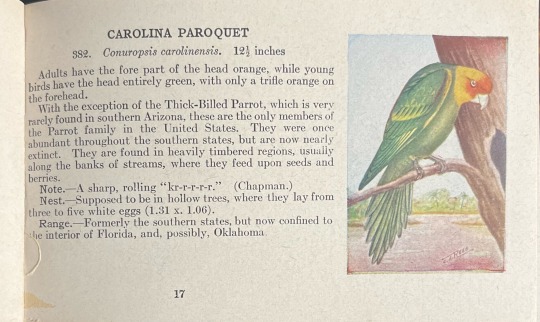
1946 guidebook with now extinct American birds.
#art#painting#scientific illustration#birds#birding#ornithology#bird watching#extinct species#extinct birds#extinction#ivory billed woodpecker#carolina parakeet
926 notes
·
View notes
Text
Animal of the Day!
Carolina Parakeet (Conuropsis carolinensis)

(Photo from Naturalis Biodiversity Center)
Extinction Date- 1939
Habitat- Midwestern United States
Size (Weight/Length)- 280 g; 25 cm
Diet- Seeds; Fruits; Nuts
Cool Facts- The Carolina parakeet was once one of the three parrot species native to the United States. These brilliantly colored birds were once found from New York to the Gulf of Mexico along riverbanks and cypress swamps. Flocks had up to 300 individuals, building nests in tree hollows and eating nuts or fruits. Carolina parakeets were in decline since the last glacial maximum, and combined with inbreeding and capturing for museum specimens, the parakeets were eradicated from the wild by 1904. A pair of Carolina parakeets, Incas and Lady June, in the Cincinnati Zoo passed away in 1918. Strangely enough, they were not classified as extinct until 1939 under the hope that some parakeets remained in the mangroves of Florida. Today, the sun parakeet, or sun conure, remains their closest relative. Sun conures are endangered due to hunting for their feathers, habitat loss, and capture for the pet trade. Conservationists are rushing to protect the sun parakeet’s remaining habitat and cracking down on cross-border trade.
Rating- 11/10 (Possibly poisonous from their diet including cockleburs.)
#animal of the day#animals#bird#parrot#parakeet#conure#tuesday#october 10#carolina parakeet#biology#science#conservation#the more you know#extinct#taxidermy#extinctober#sun conure#sun parakeet
231 notes
·
View notes
Text
It was on this day (21 February) in 1918 that the last known Carolina Parakeet, Incas, died at the Cincinnati Zoo – in the same cage the last known Passenger Pigeon, Martha, had died only four years earlier.

Carolina Parakeet (Conuropsis carolinensis, Linnaeus 1758) preserved specimen in the Field Museum of Natural History collection. [Wikimedia Commons]
Audubon’s illustration of the species in original edition of The Birds of America is perhaps one of his finest works (and definitely my personal favorite!), capturing the boisterous beauty of these colorful and highly social birds as they feast on cocklebur seeds. There is even a juvenile in the mix, its head still green:
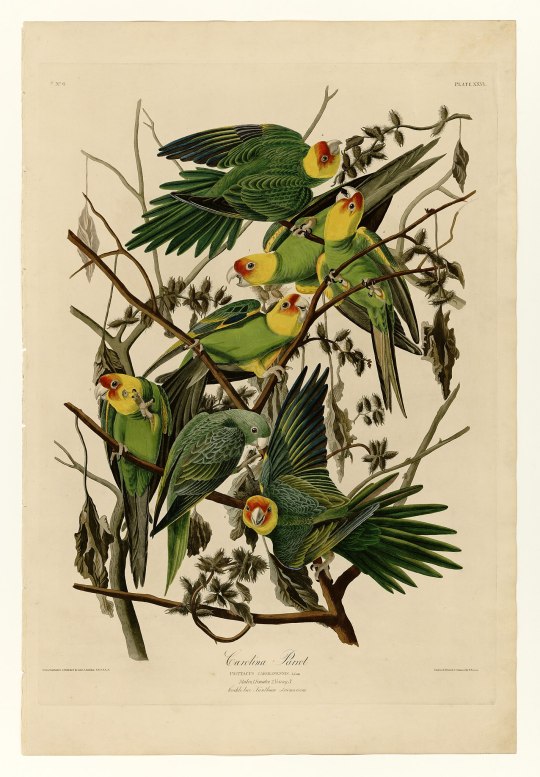
"Carolina Parrot" (Conuropsis carolinensis carolinensis subspecies), Plate XXVI in the original edition of The Birds of America (1827-38), engraving by Robert Havell, Jr. after John James Audubon’s original 1825 watercolor painting, hand-colored engraving and aquatint on wove paper. [Wikimedia Commons]
Unfortunately, the plate made for the smaller second edition is much inferior to the original, thinning out both the flock and foliage:

“Carolina Parrot or Parrakeet” (Conuropsis carolinensis carolinensis subspecies), Plate 278 in the first Royal Octavo edition of The Birds of America (1840-4), engraving by J. T. Bowen after J. J. Audubon, hand-colored stone lithograph. [Wikimedia Commons]
Those green-bodied Carolina Parakeets in Audubon’s published plates are the nominate subspecies, Conuropsis carolinensis carolinensis. He also made an unpublished watercolor of the other subspecies, Conuropsis carolinensis ludovicianus, which tended to have a more bluish body and paler yellow head plumage:

“Carolina Parrot” (Conuropsis carolinensis ludovicianus subspecies), unpublished watercolor painting by John James Audubon, 1811. [Wikimedia Commons]
The Carolina Parakeet (aka Carolina Parrot or Carolina Conure) was the northernmost ranging parrot and the only one native to the eastern United States. Audubon warned of their rapidly declining numbers during the early 1800s, describing witnessing large numbers of Carolina Parakeets being killed by landowners angered by their crop raids. The last confirmed wild sightings were in 1910, with unconfirmed sightings persisting into the 1940s; Incas was the last captive bird, and with his passing in 1918 and no further verified living specimens thereafter, the species was officially declared extinct in 1939.
Read more about the demise of the Carolina Parakeet and Audubon's valuable visual records of this now-extinct species on the blog:
#Carolina Parakeet#Carolina Parrot#Carolina Conure#parrot#parrots#bird#birds#birds in art#Audubon#John James Audubon#ornithology#extinction#extinct species#watercolor#painting#illustration#lithograph#book plate#book illustration#Cincinnati Zoo#blog post#OTD#animals in art
970 notes
·
View notes
Text
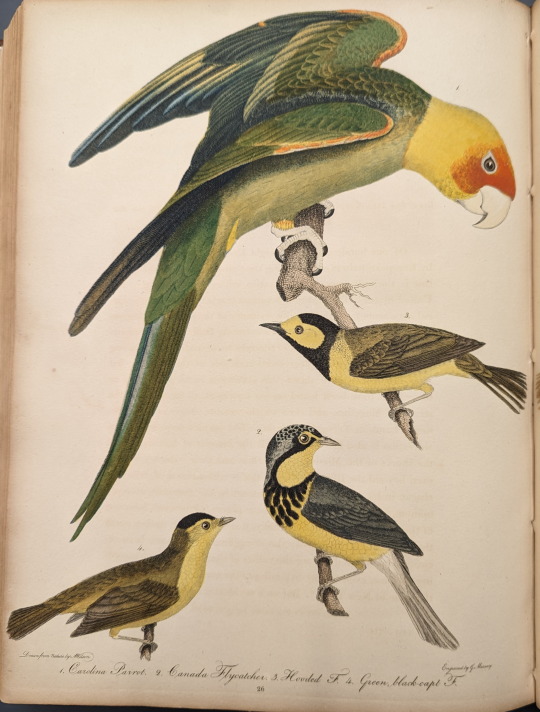
From: Wilson, Alexander, and George Ord. American Ornithology : Or, The Natural History of the Birds of the United States ; Illustrated with Plates, Engraved and Colored from Original Drawings Taken from Nature. Philadelphia: Bradford and Inskeep, 1808. Print.
QL674 .W75 1808
#19thcentury#natureillustration#naturalhistory#birds#ornithology#carolina parakeet#flycatcher#Alexander Wilson#extinct birds#extinct species#libraryofva#specialcollections#rarebooks
129 notes
·
View notes
Photo
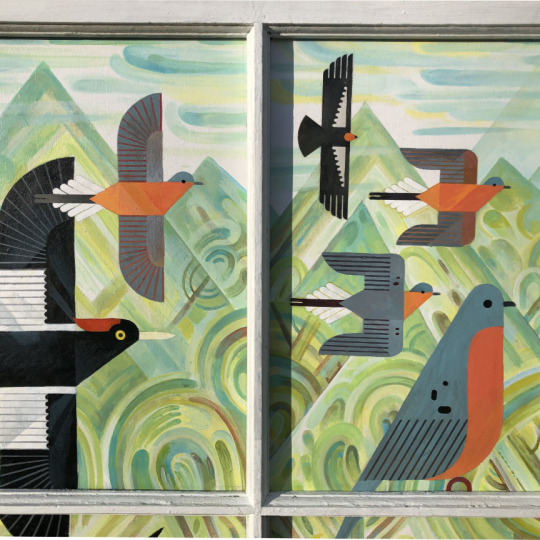



Bird Window February 2023, acrylic on panels, window frame, 34.5″ x 56″
A piece depicting North America’s disappearing avifauna. Details depict:
Ivory-Billed Woodpecker, Passenger Pigeon, California Condor
Carolina Parakeet
Azure-Mantled Warbler, Eskimo Curlew, Piping Plover, Golden-Cheeked Warbler, Whooping Crane, Heath Hen
The Azure-Mantled Warbler is a hypothetical species representing those which disappeared prior to recorded history, but which were seen by ancient people and named in languages that are also extinct.
The piece also depicts several of J. J. Audubon’s mystery birds, most of which have never been recorded since Audubon.
#bird window#acrylic painting#bird art#audubon#avifauna#ivory billed woodpecker#passenger pigeon#heath hen#carolina parakeet#whooping crane#california condor
501 notes
·
View notes
Text
The Birds I Never Met | North America's Extinct Birds
youtube
Recently I looked into a number of extinct birds from all around the world, but few of them shed light on those that I would've lived alongside. Today we're "borrowing" my mom's field guide on the Birds of Eastern and Central North America to learn about those birds that I might've witnessed had I been alive only a century ago!
#SIXTH EXTINCTION#birds#extinction#extinct#lost birds of North America#Ivory-Billed Woodpecker#Carolina Parakeet#Labrador Duck#Heath Hen#Passenger Pigeon#FOSSIL NOVEMBIRB#Youtube
81 notes
·
View notes
Text

Another from my Carolina Parakeet series, this painting is gouache on 18x24” watercolor paper. It is a particular companion to the previously-posted ‘American Tannenbaum’, and its title is ‘The Etymology of Loss’.
The word ‘extinct’ existed for nearly four centuries before it was applied to the death of a species. Originally a variant of ‘extinguish’, the earliest use of the word can be found in the 1400s, when it was a descriptor for lights that had been doused. Within a short span, its meaning would expand to include the ending of specific family lines (i.e. “the king died without heirs, and his house became extinct”).
The progression from candle to lineage to species seems obvious in hindsight, yet it wasn’t until the early 19th century that the word became synonymous with the loss of an animal—the simple reason for this being, it wasn’t until that point that learnéd-minds accepted that species-death was possible.
According to the prevailing philosophy, the universe had been designed in perfect, unshakable balance, from which no element could possibly be subtracted or altered—much less by the actions of mere humans. (I’ve heard similar reasoning from modern climate change deniers.) The removal of species was an inherently blasphemous concept.
Even as they watched animals like the aurochs and tarpan vanish before their eyes, people assured themselves with the knowledge that more existed…just…somewhere else (after all, wolves had).
(Do you want to know one of my favorite stories from American history? When Thomas Jefferson sent Lewis & Clark on their expedition out west, one of his dearest hopes was that they would discover a living population of mastodons.)
It was the continued lack of any live mastodons, or mammoths, or wooly rhinos, not to mention the reptilian leviathans being uncovered by the burgeoning field of paleontology, that finally tipped the scales of common sense. In 1807, French naturalist Georges Cuvier, who had extensively studied such bones, came out strongly with the assertion that, yes, clearly, species can and do die.
Then began the task of counting the extinguished.
1K notes
·
View notes
Text
Battle Royale
Gone, but not forgotten (D)
Extinct or near extinct birds only here. There aren't enough to have this be more than one bracket, so there will definitely be an info-post for the winner.



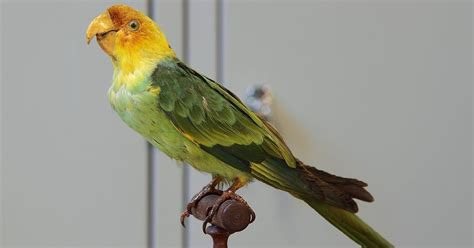

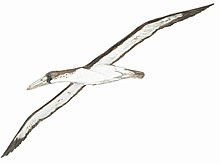

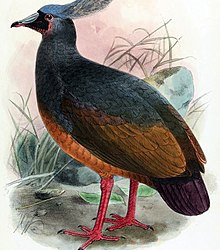
#hipster bird battle royale#BR-D#Pied Raven#passenger pigeon#white-eyed river martin#carolina parakeet#annakacygna#pelagornis sandersi#phorusrhacids#choiseul pigeon#extinct animals#extinct birds#don't ask why the letters are off
149 notes
·
View notes
Text
Carolina parakeet
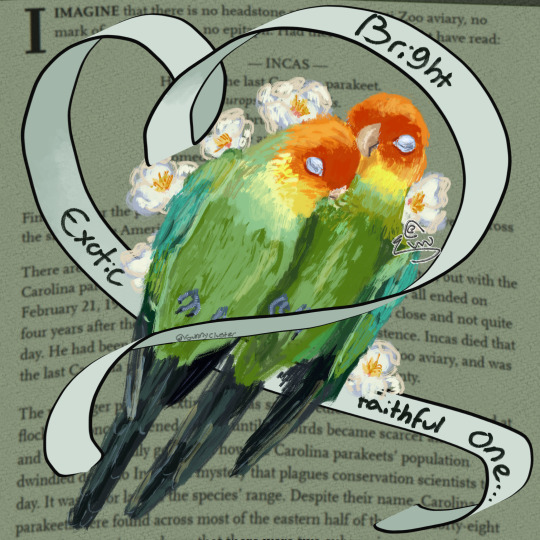
[Conuropsis carolinensis]
Presumed extinct 1918
Second piece in my feathered ends series
#animal art#illustration#Carolina parakeet#art#wildlife art#extinct#extinct species#birdblr#bird art#parrot#parakeet#my art#feathered ends
589 notes
·
View notes
Text

Carolina parakeet
Was looking at pictures of extinct birds yesterday and then started to picture myself as one briefly and I still feel it a bit today. They were the parrot with the northernmost range and therefore were sometimes snow parrots! Native to the southeastern United States, they even lived in my state of Kansas. I feel a connection to them and I love them a lot and it was fun drawing this! The tree is supposed to be a beech tree, since this is a tree they enjoyed eating the seeds from. They were also cavity nesters, this one found an old abandoned woodpecker cavity to keep warm in during an unexpected snowfall!
#Carolina parakeet#carolina conure#Conuropsis carolinensis#paleotherian#bird therian#therianthropy#therian#birdkin#cameoshift
340 notes
·
View notes
Text

A taxidermy Carolina parakeet
By: Unknown photographer
From: Field Museum News
1935
#taxidermy#extinct#carolina parakeet#parrot#psittaciform#bird#1935#unknown photographer#Field Museum News
461 notes
·
View notes